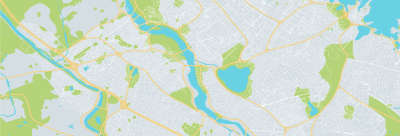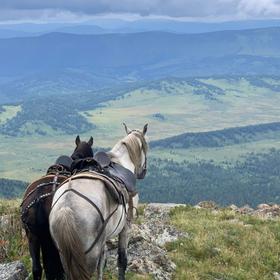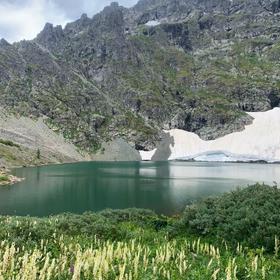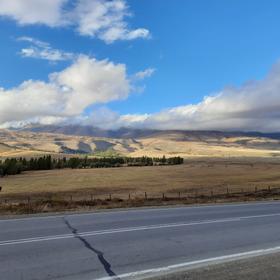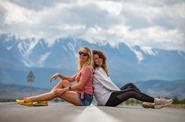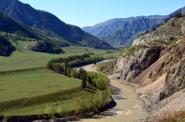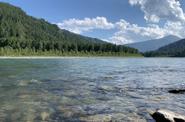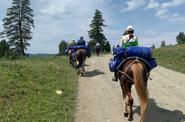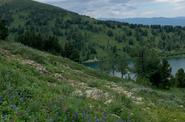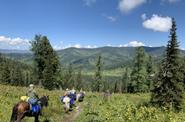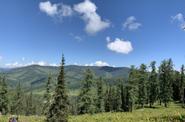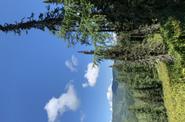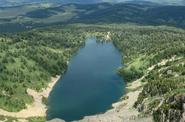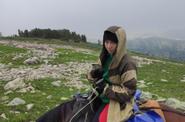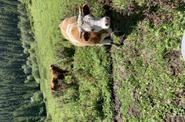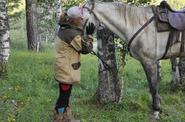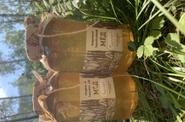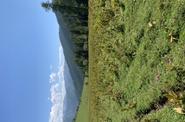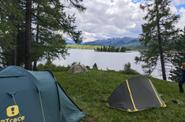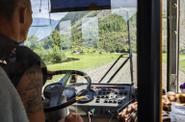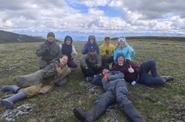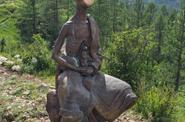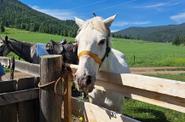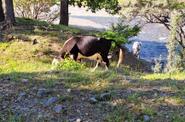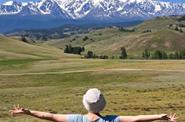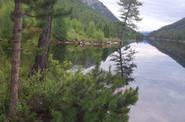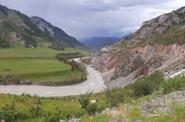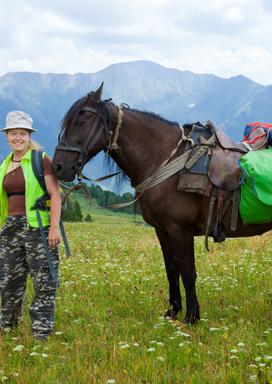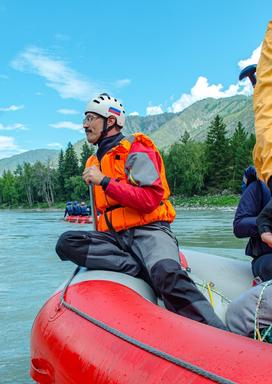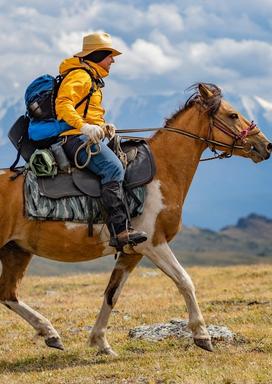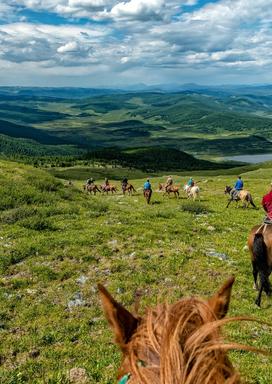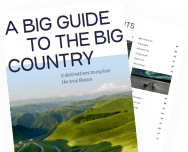The tour starts at the Taezhnik Turkmplex (Manzherok village, Altai Republic).
Delivery to Taezhnik and back from any cities except Gorno-Altaysk (airport on the day of the tour start).
The delivery option can be ordered at any time from the moment of booking the tour, but no later than 7 days before the start of the tour. When booking a tour, be sure to tell us which delivery option is preferable for you. The manager will help you arrange a transfer (a place in a collection car, a regular bus or a tourist bus)
Delivery from Novosibirsk in both directions is carried out on regular buses of the Novosibirsk bus station, tickets are purchased by tourists themselves. To make it to the start of the tour, you need to purchase a ticket for the Novosibirsk – Chemal flight, before stopping atManzherok (get off before reaching 2.5 km to the village at the monument to Shishkov, or at the Taezhnik shopping center, which you can ask the driver about in advance) with the departure time from the bus station at 22:15 (from the bus station located at the railway station – 22:45), departure date on the day preceding the start date of the tour. Tickets can be purchased 10 days before the day of departure, we can help you purchase this ticket, provided you pay the cost in advance.
The return trip is carried out by bus from Chemal to Novosibirsk, the departure time from Taezhnik is 22:40 – 23:00, the bus must be stopped at Taezhnik (Important! tickets must be purchased from Manzherok village to Barnaul/Novosibirsk, those who purchase tickets from the village of Manzherok are called by bus station staff and asked where to pick them up. No one calls those who purchase tickets from the Chemal bus station, their tickets are automatically canceled if they are not on board).
The arrival time in Novosibirsk is 7:15 a.m., this should be taken into account when purchasing tickets from Novosibirsk. The cost of delivery depends on the cost of flight tickets.
Check with the manager about the availability of the delivery option in combined vehicles (taxis) on your date.
Delivery from Barnaul is carried out by private carriers (the tour operator helps to arrange delivery): meeting at Barnaul airport from 5:50 a.m. to 7:50 a.m. (departure for the last arriving passengers), meeting at Barnaul railway station from 8:00 a.m. to 9:00 a.m. (departure for the last arriving passengers). If you arrived in Barnaul in advance or live there, you will coordinate the meeting place with the driver, he will pick you up if he is on his way, if not, he will indicate the meeting place. The car leaves if the delivery team is assembled in full. The driver will have your contact phone numbers, along with information about the place and time of the meeting, and the driver will contact you. Cars do NOT set off on the route without meeting all tourists, provided that all planes arrive on time (the waiting time can be adjusted by 1 hour). If the plane is delayed by 1 hour or more, the cars that have been formed are sent on the flight, your contact information is sent to the driver of another car, and the departure time depends on the set of cars.
We kindly ask that you TURN on your phones immediately after boarding the plane so that the drivers can contact you and take with you the phones whose numbers are indicated in the application.
Departure from Taezhnik shopping center is carried out at 22:30 on the day of the end of the route (optional), or at 10:30 - 11:00 the next day. Travel time is 3-4 hours. In the absence of private carriers, departure by regular bus is possible.
The cost of transfer from the airport is 2100 RUB/person in one direction
The cost of a transfer from the railway station is 1600 rubles / person in one direction
The cost of an individual car starts from 8,000.00 depending on the number of people, if more than four cars cost the number of seats * the price of the starting place
(the cost depends on the carrier, the tour operator does not guarantee a fixed price, it is paid on the spot to the driver).
The meeting at the airport of Gorno-Altaysk is carried out according to the arrival time of the aircraft. We ask you to inform us about the actual delays in departure time (by message, not by phone, to the phone number indicated in the voucher) so that we can meet you on time. We will inform you about which car will meet you with a message either on the evening before arrival or during your flight. Please kindly: turn on your phones immediately after boarding the plane so that the drivers can contact you and take with them the phones whose numbers are indicated in the application.
All of the above shipping options can be combined!









